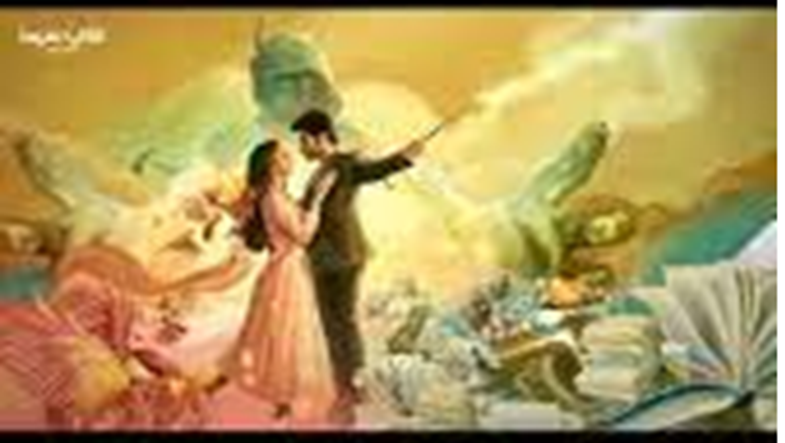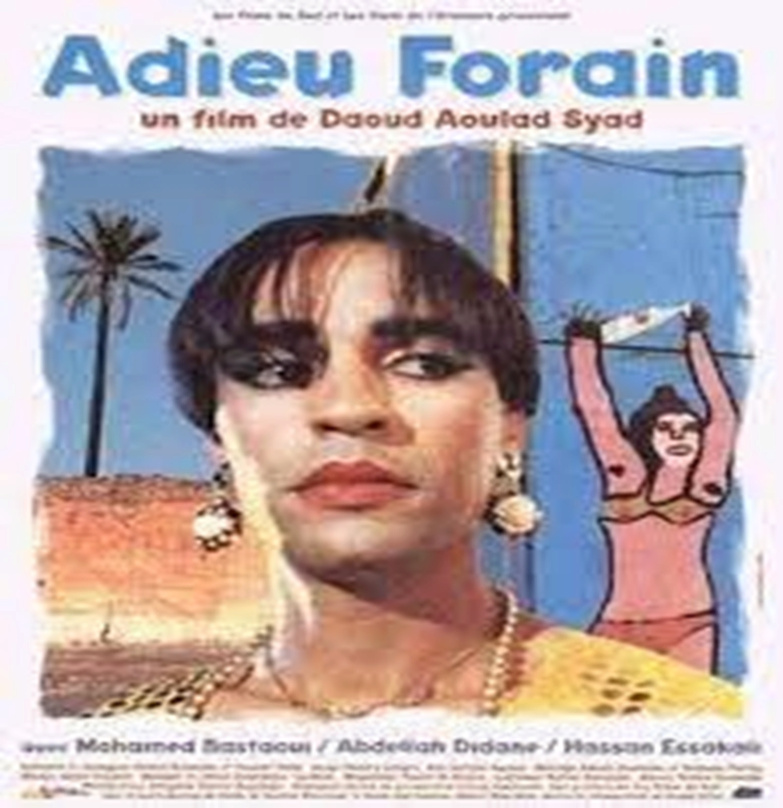Dialogue is a literary genre superior to the novel, in the case of Muhammad Suwarti

Mohamed Souerti was born in the village of Ait Yaddin, near the city of Khemisset, to a father who was a farmer, jurist, memorizer of the Qur’an, and a housewife mother. Mohamed Souerti continued his studies and escaped from the conscription that deprived him of the blessing of his father, making school his first and last refuge, as his studies at the hands of the French led him to practice the teaching profession. He is considered one of the generation. The first to practice this profession in the city of Khemisset. He continued his university studies in Fez and obtained a postgraduate diploma. He moved from primary education to secondary education and then to the teacher training school. He obtained a state doctorate in Arabic literature a year after his retirement. He began publishing with the appearance of his story “The Shroud” in Al-Muharrer newspaper. He has a collection of narrative writings and critical studies in a number of newspapers and magazines: The Editor, The Socialist Union, Anwal, Science, The Four Seasons, Knowledge (Syria), Arab Studies (Lebanon), Cultural Life (Tunisia), The World of Thought (Kuwait)...
He published literary criticism and the novel text (in two parts). He also translated the writing itself, in the context of Barthes/Susan Sontag. He wrote “Arabic Grammar: From Concepts to Methods.” The subject of his doctorate, which he obtained two years after his retirement, was about dialogueism as a new literary genre in North Africa and the East. He also wrote “Plato,” “The Critical Method,” “Modern Critical Methods,” and “The Arab Novel or the Crisis of Dialogue in Our Culture.”

Dr. Muhammad Suwarti wonders to what extent the novel allows the “creative” writer to defend freedom of expression, establish the principles of communication, instill the ethics of dialogue, root the rules of debate, build the laws of argumentation, establish controls for debate, and produce and build masterpieces that depict reality truthfully and honestly, and present to the reader, unlike... For his novels, a practical and effective culture that contributes to his awareness of family, social, national and humanitarian issues, and expands his perceptions, knowledge, and knowledge about himself and about the things and people surrounding him and those far from him of their various races, types, backgrounds, categories, social classes, works, preoccupations, interests, and innovations. Does he really have a broad and comprehensive philosophical vision of the entire world? The truth that his entire article aims to draw attention to, as a tool and a method, a vision and an approach, is that the formative origin does not only come in the structure of history, the course of past time, the context of life, the folds of society and the innermost corners of the people, but rather it can be searched for under the veils of heritage and modernity together; However, what saddens him, and causes sorrow and regret, is the preoccupation of some jurists, scholars, thinkers, and philosophers with the negative side, and the neglect of some of them with the positive side. In addition, their elders are not aware of the traditional approach that they adopt in their oral speech specific to their ordinary needs, and in their intellectual, philosophical and literary writings, believing that it is a positive approach whose results are certain and beyond doubt. The puzzling question for him is: Which of the two approaches guarantees justice, equality, the right to speech, freedom of expression, and democracy in dividing it among people in literary creativity, and literary criticism of this creativity itself? Is it the narrative approach or the dialogic approach in the practice of innovation, literary creation, literary analysis, criticism, and interpretation? Which of the two approaches guarantees justice, equality, the right to speech, freedom of expression, and democracy in dividing it among people in literary creativity, and literary criticism of this same creativity? Is it the narrative approach or the dialogic approach in the practice of innovation, literary creation, literary analysis, criticism, and interpretation?
Muhammad Suwarti explains the dominant language in novelistic speech. He wonders whether it is the novel or the dominance of the narrator in it. It also presents examples of the novel that reveal the crisis of dialogue in North Africa and the East. In addition, literary criticism contributes to deepening the crisis of dialogue in North Africa and the East.

Muhammad Suwarti presents “dialogue” as a new literary genre that is superior to the novel that guarantees freedom of literary expression. When room is made for dialogue, the reader will see how the characters enjoy their opportunity to dialogue freely and reassuredly, in the same way that people do at a banquet, symposium, or debate. Each character speaks according to her share of the speech, her role in it, and her shift in it, and in her mind that she will leave to another what she must have a share in, urgently and urgently. Is there a more democratic sign of dialogue in literature? In the dialogue, the character will not interrupt another character, or speak as he continues, continuing the speech, forgetting, through his heedlessness or lack of awareness, his turn and role in the dialogue to the exaggerated narration, the narration that wanders and arrives in the world of narrative facts and events, overshadowing the share and role of the rest. The characters and their right to explain, interpret and interpret the pain, deprivation, torment and misery that rage in their hearts, and their desire to protest against the injustice, injustice and crushing they suffer, hoping for the creators to abandon the whip of the narrator’s voice in the novel and create what is known in Western literature as fair dialogue that calls for freedom and equality. Dialogue is a literary writing that constitutes the waiting horizon for the dialogue writer who aspires to modernize literature with a writing experience different from what prevails in current society.”
He adds that the dialogue will play that role with unlimited effectiveness. Let us imagine a bird tied in a cage; If we opened this cage for a moment, the bird would fly into space with its neck up to the sky. No one who is restricted, detained or imprisoned is afraid of the same fate. Likewise, dialogue, dialogue, and its dialogue characters; All of this aspires to internal and external freedom, subjective and objective, psychological and contextual. Contextuality includes what is internal to the literary text, which we call the internal context, and what is external to the literary text, which we call the external context. What happens in the critic's soul we call the psychological context. These contexts are the subject of contextualism. Pragmatic criticism must benefit from the vision and approach of contextualism in analyzing literary discourse, whatever its form and content. Dialogical literary criticism that does not pay any attention to context will be vulnerable to serious errors in analyzing the literary work in form and content. Contextuality is a deliberative project concerned with characters and their speech in different contexts.

Muhammad Suwarti highlights the narrator’s “knowledge of everything” and “presence everywhere,” thus controlling the speech from the beginning of the novel until its end, passing through its middle. Thus, the novel became an expressive image of the deprivation of characters from freedom of expression, and a blatant sign of pressure, oppression, and injustice in our dealings with the characters of our literary works, the treatment of the characters of our literary works with each other, and our dealings with each other in social reality with its people, ideologies, and natural and artificial things. The things that surround us, whether artificial (such as literary genres, for example) or natural, express our lives, our choices, our attitudes, our behavior with each other, our wisdom, our philosophy, and our social vision of the world. At a time when the novel embodies a form of our reactionary behavior with each other, Western civilization strikes the depths of civilization, progress, urbanization, liberation, debate, dialogue, debate, and pilgrimage to the utmost knowledge required by rationality, science, philosophy, wisdom, and dialectics in various fields of art, fields of literature, and the structures and structures of beauty. The visible and the hidden. This, in a dialectical way, points to a beautiful literary genre that replaces the novel without forgetting it, which is dialogue, not as the Eastern world and the Western world saw it, cloaked in the blatant paradox of what was fused with the novel in one crucible. The novel and the dialogue appeared as if they were twins merged into one body, separated from it only by their necks and their heads emerging from its shoulders. The novel is one thing, and the dialogue is another thing, despite the beautiful memory she keeps of it. The novel lived until the fifteenth century AH, or the twenty-first Christian century, and it does not want anything more than that. Dialogue, as explained by Islamic jurists, scholars, philosophers and thinkers, occupies a prominent place in the traditional and modern Islamic civilization. What prevents us from taking them as role models in our current jurisprudence, science, thought, philosophy, and literature?
Written by: Zuhair Swerti

